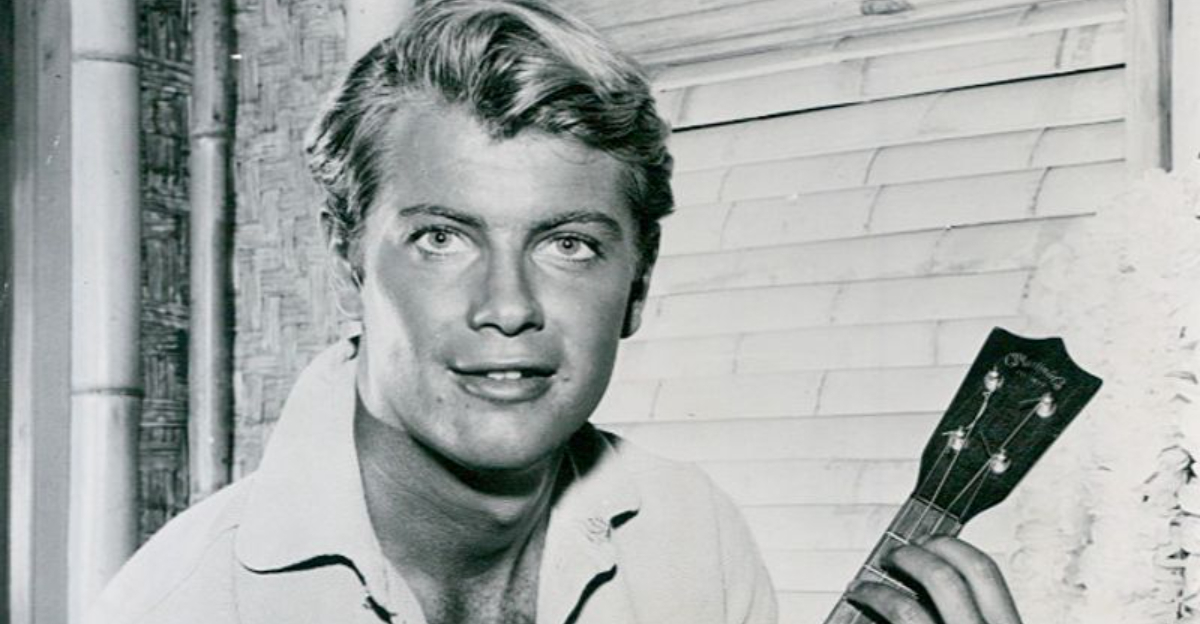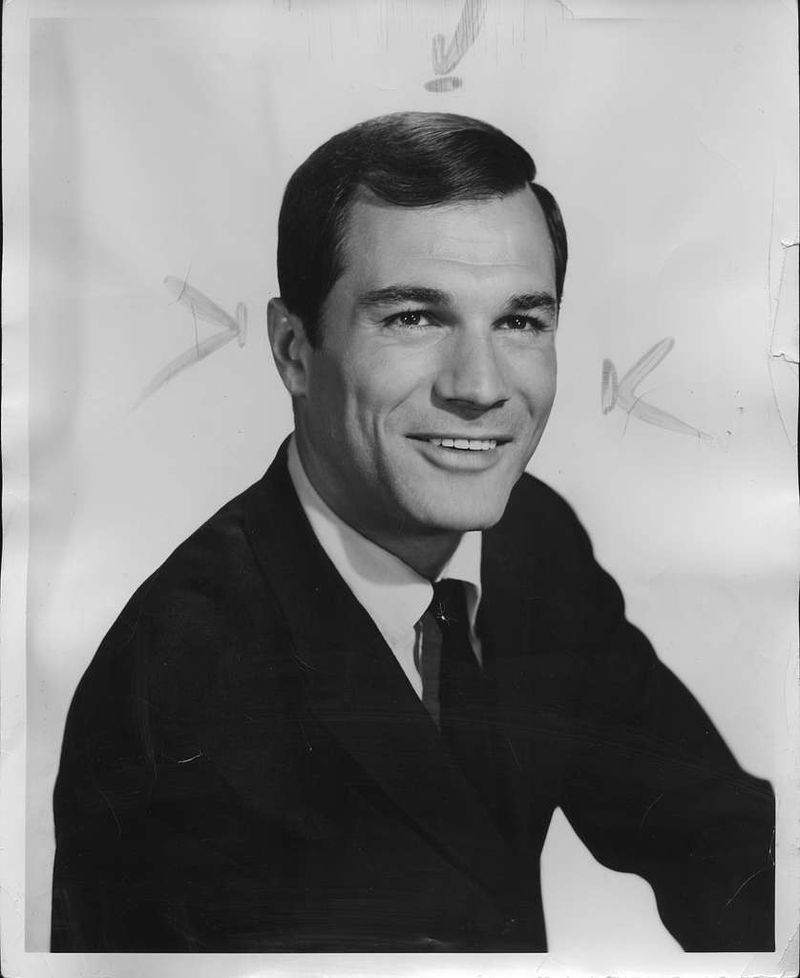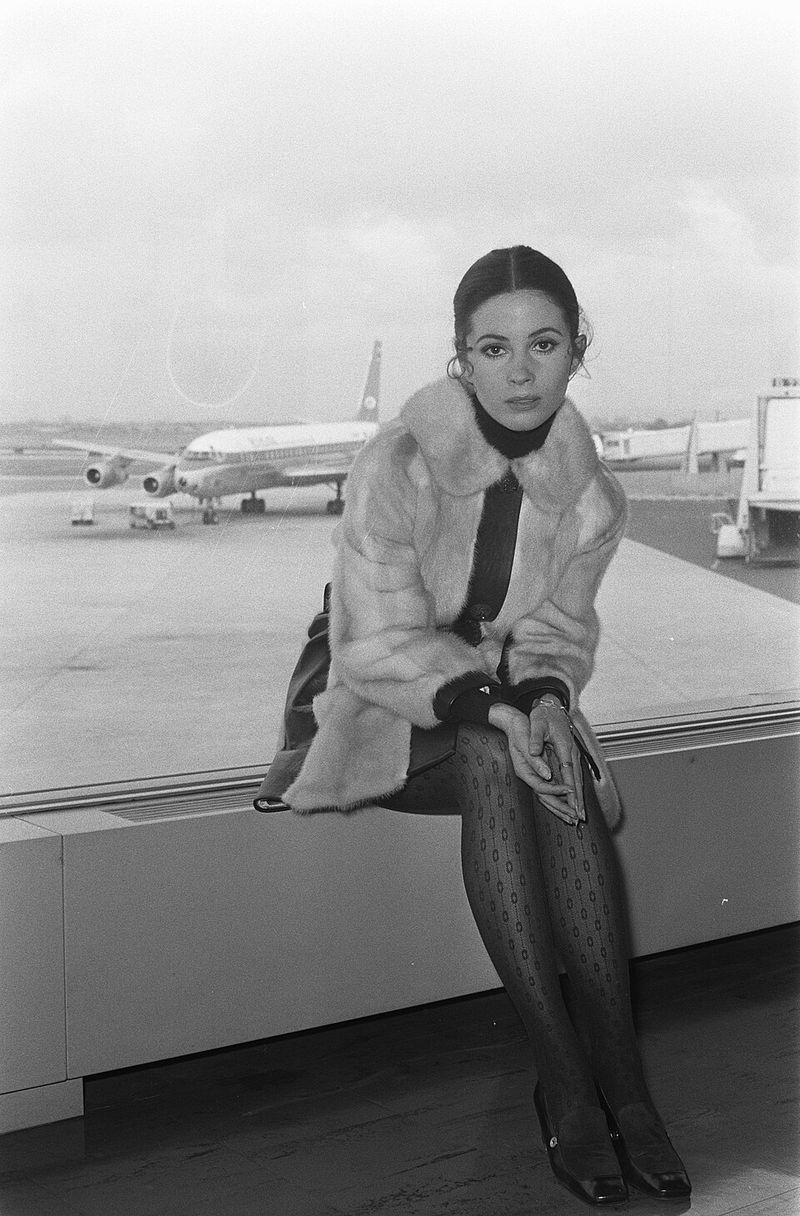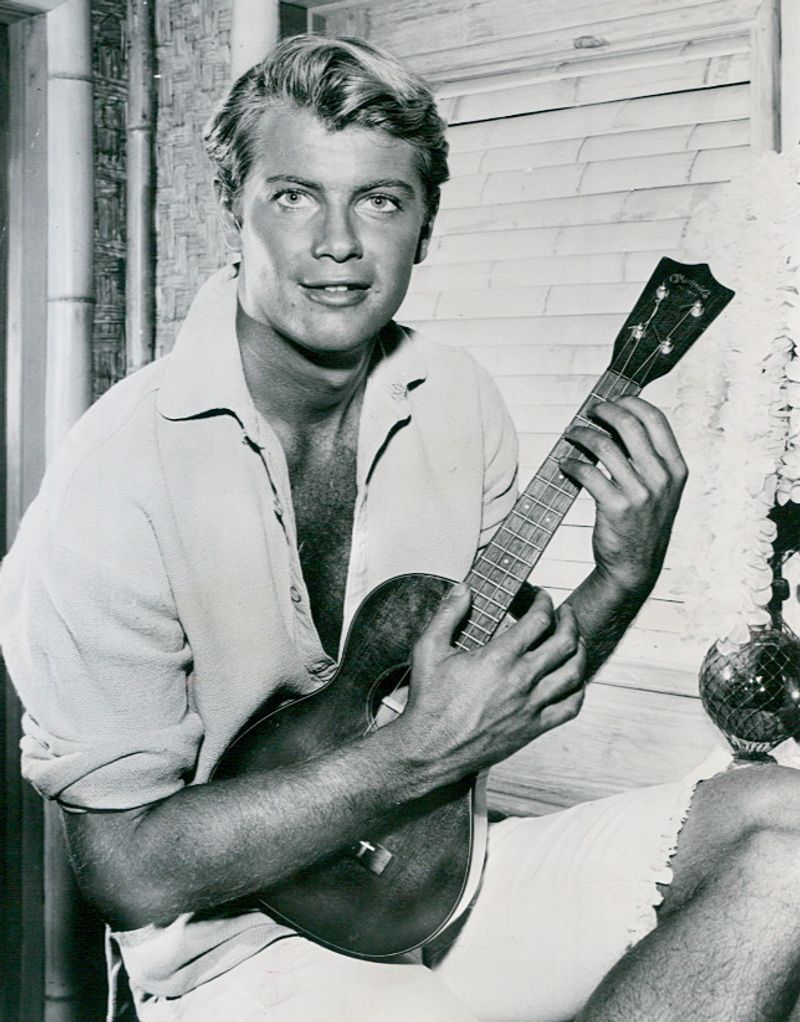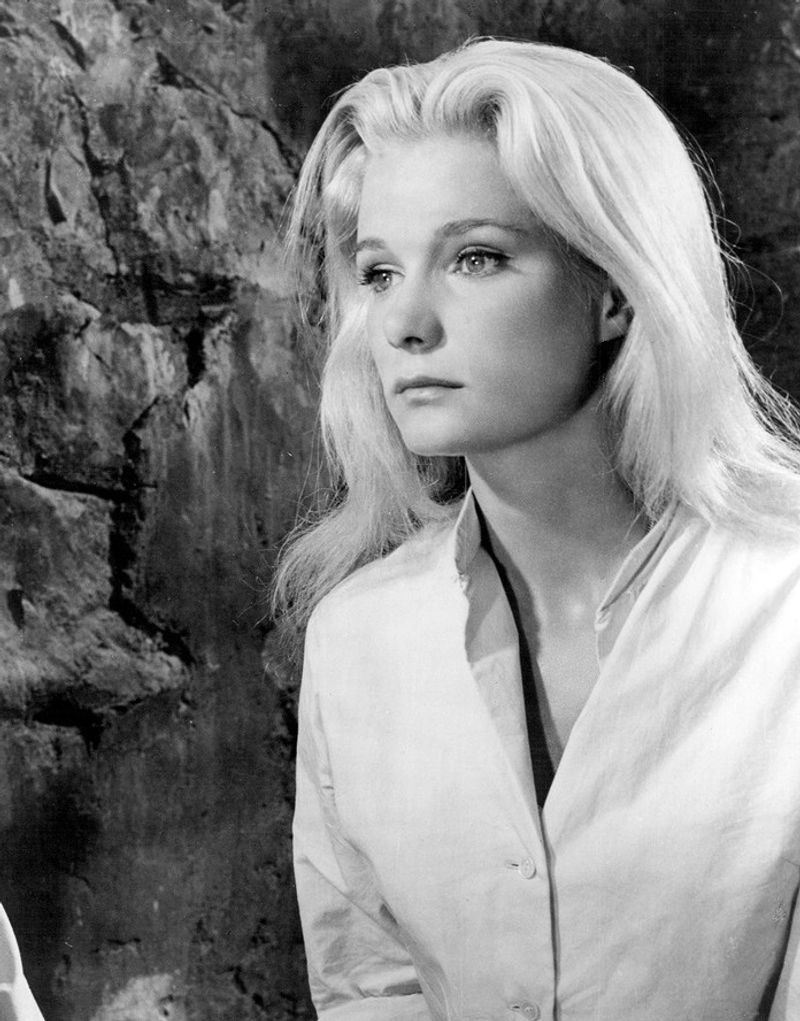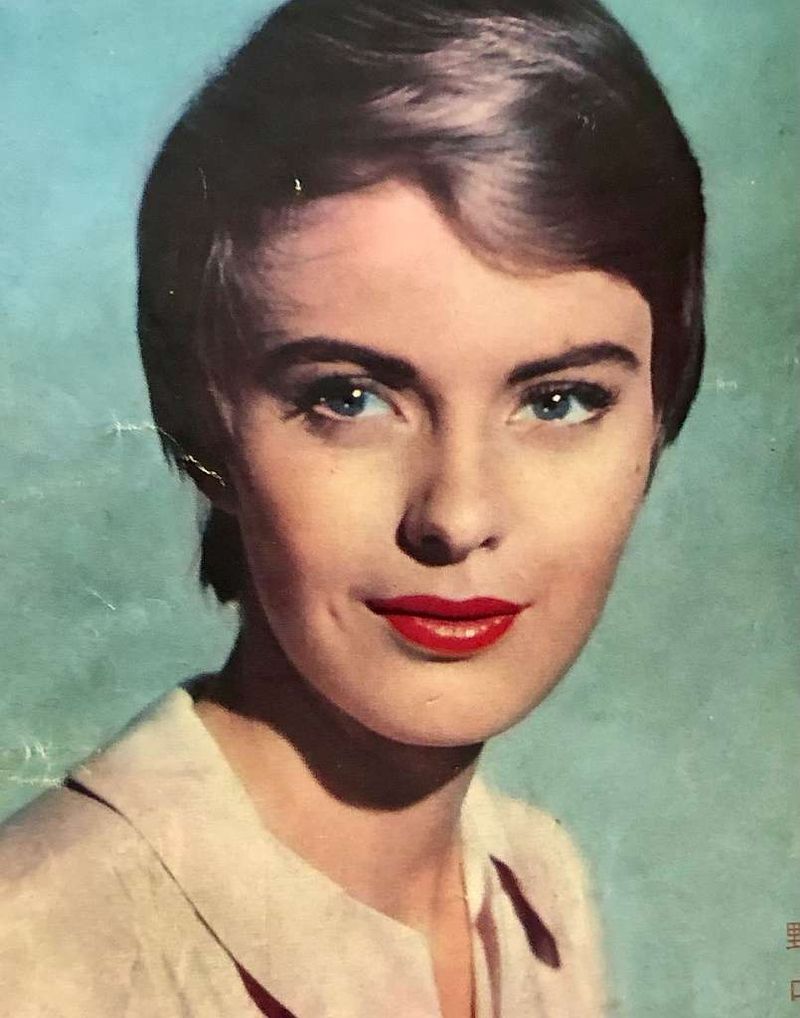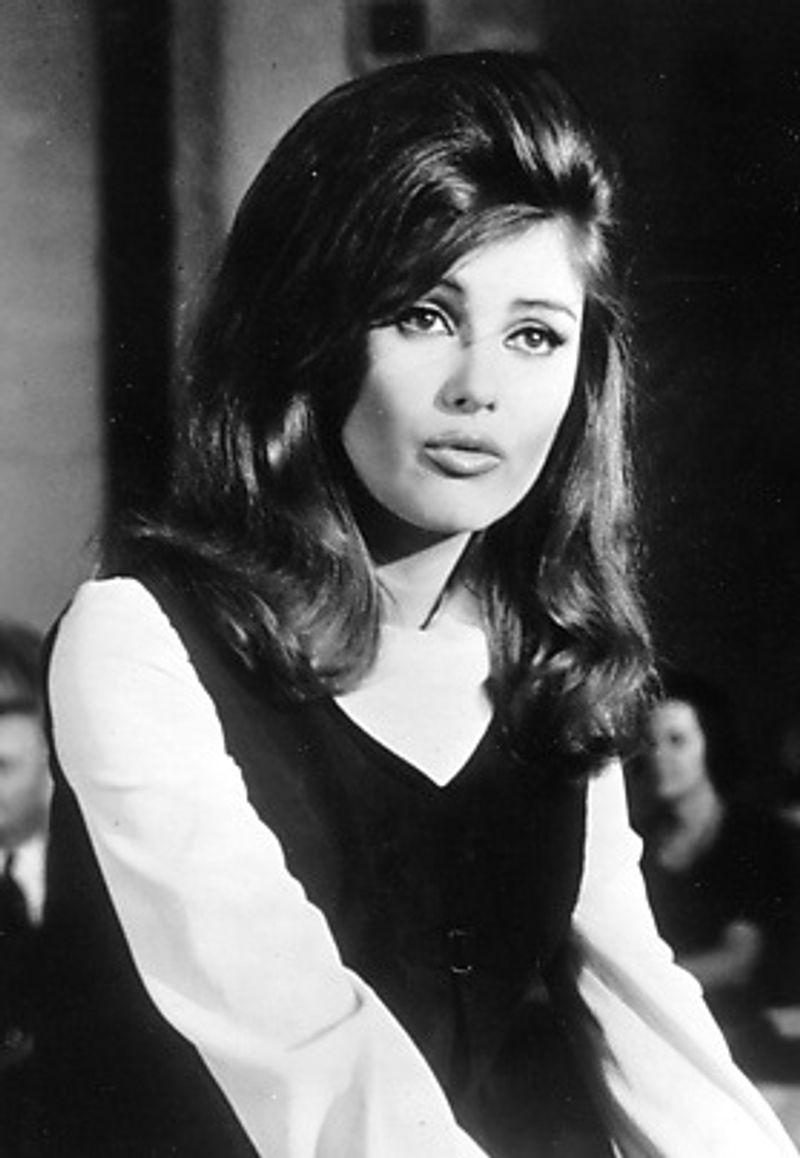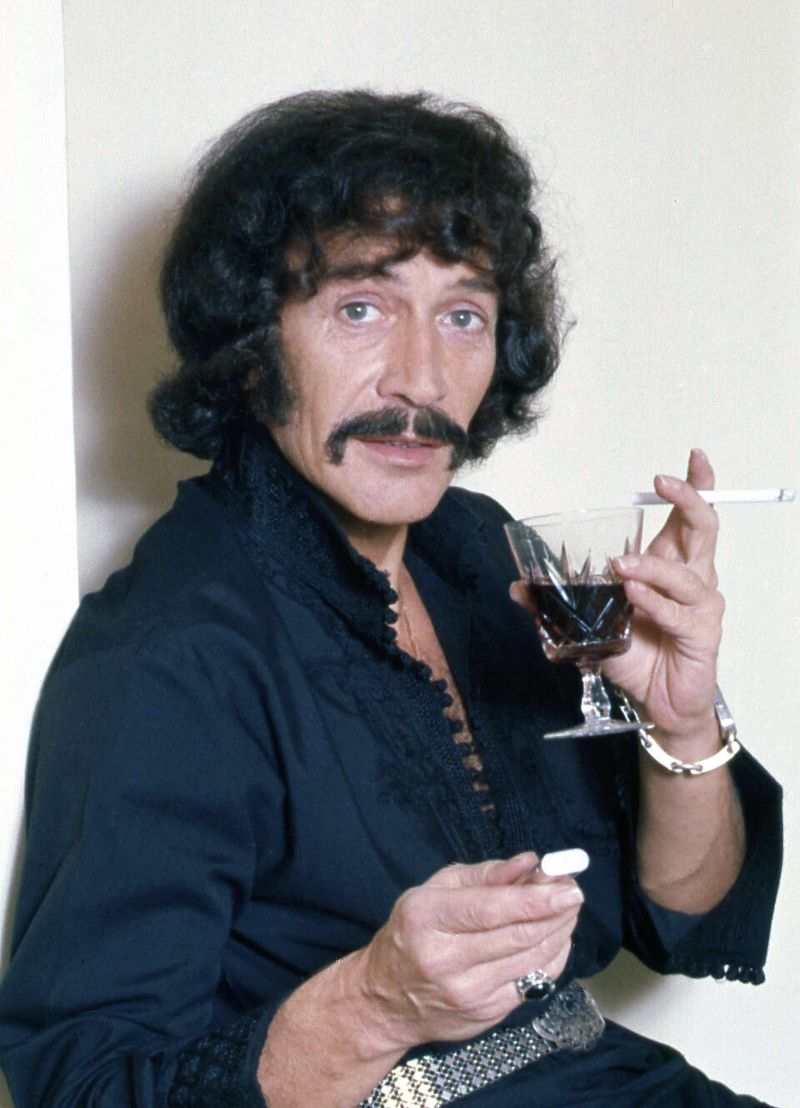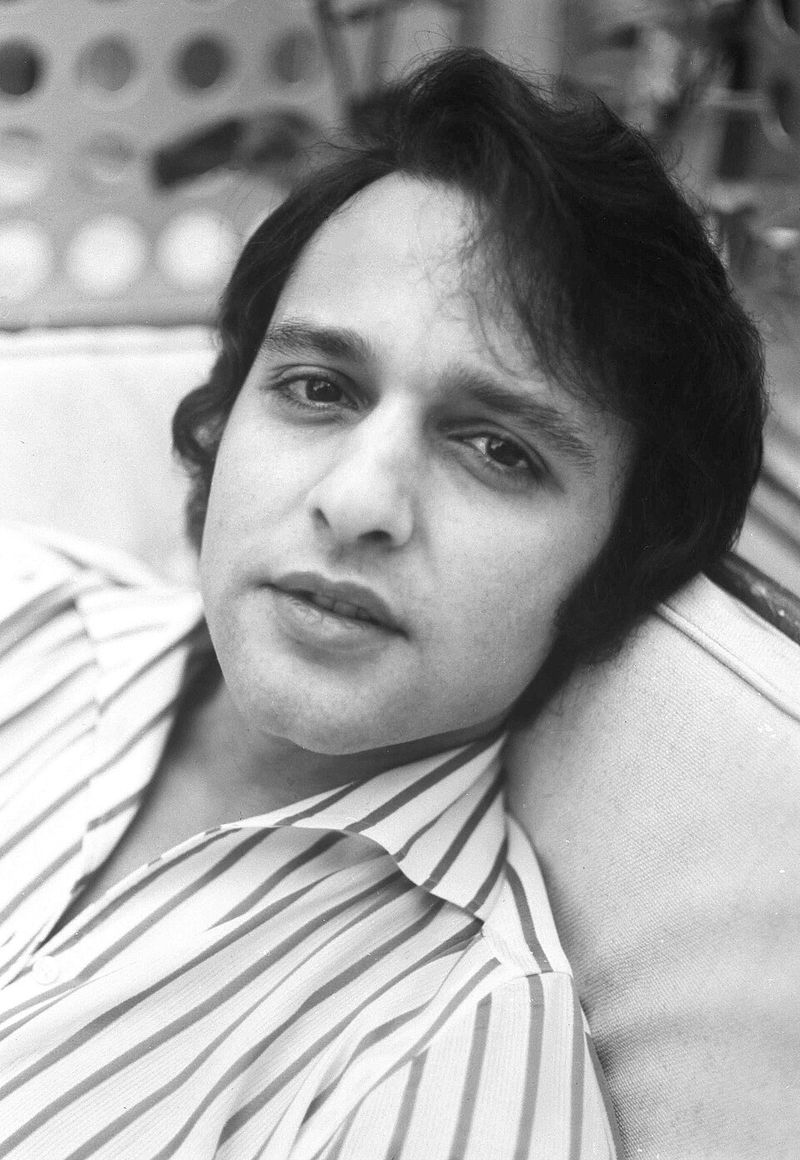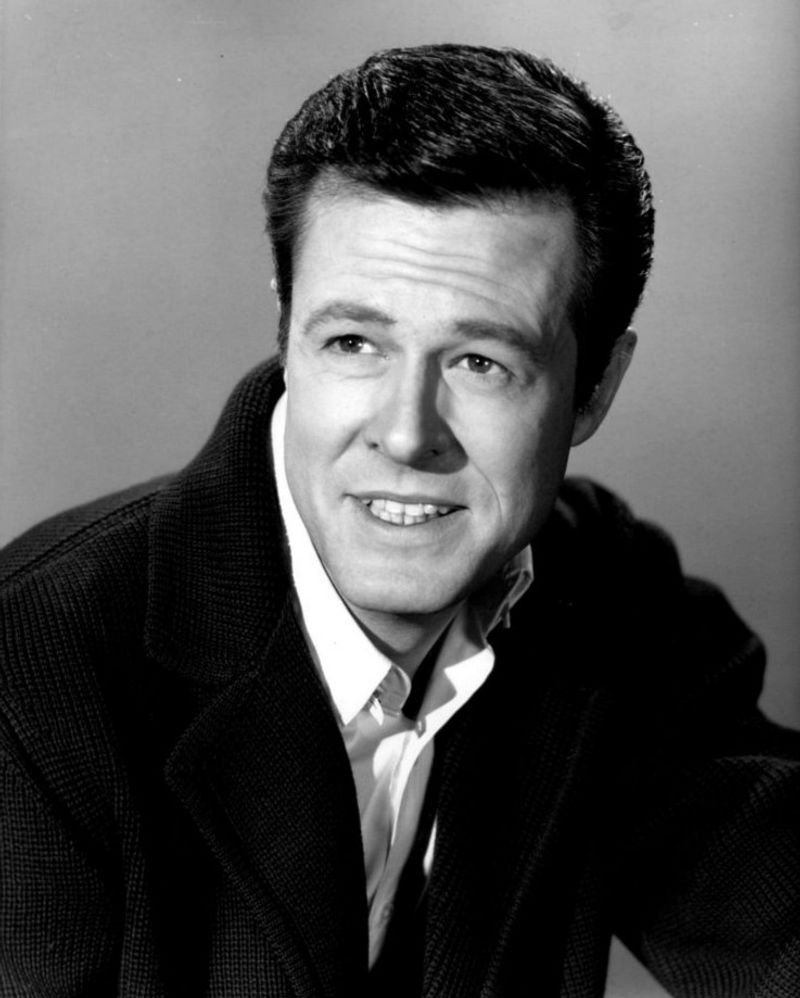Hollywood in the 1960s was filled with bright stars who seemed unstoppable. Their faces appeared on every screen, and fans couldn’t get enough of them. But then something strange happened—many of these popular actors simply disappeared from the spotlight. Some left by choice, while others faced challenges that ended their careers too soon.
George Maharis
Cruising down America’s highways on Route 66, George Maharis became a household name in the early 1960s. His rugged good looks and natural acting style made him a favorite among viewers who tuned in weekly. Playing Buz Murdock alongside Martin Milner, he captured the spirit of adventure and freedom that defined the era.
Everything changed when health problems forced him to leave the show unexpectedly. His departure shocked fans and disrupted his rising career trajectory. Though he continued taking guest roles and smaller film parts, nothing matched his earlier success.
Today, his name sparks memories of a different television age. Younger generations rarely recognize him, though classic TV enthusiasts still celebrate his work.
James MacArthur
“Book ’em, Danno!” became one of television’s most famous catchphrases, thanks to James MacArthur. Starting in 1968, he played Danny Williams on Hawaii Five-O, bringing youthful energy to the crime drama. His all-American charm made him instantly recognizable across the nation.
As the show continued, MacArthur eventually decided to pursue different interests. He moved toward stage performances and smaller television projects instead of chasing bigger stardom. His choice to step back surprised many who thought he’d become a major film actor.
By the 1980s, his visibility had dropped considerably. Fans from the late ’60s remember him fondly, but his decision to leave mainstream entertainment meant fewer people knew his name.
Barbara Parkins
Glamour and controversy surrounded Barbara Parkins when she starred in Valley of the Dolls in 1967. The film became a cultural phenomenon, and her role as Anne Welles made her a symbol of 1960s Hollywood sophistication. She also shined on television’s Peyton Place, where audiences followed her dramatic storylines religiously.
After reaching this peak, the types of roles she wanted became harder to find. Hollywood’s changing landscape didn’t favor her particular star quality anymore. She began choosing projects more carefully, appearing less frequently on screens both big and small.
Her early fame gradually faded into a quieter career. Though she remained beautiful and talented, the spotlight moved elsewhere.
George Lazenby
Imagine being offered multiple James Bond films and saying no. That’s exactly what George Lazenby did after starring in On Her Majesty’s Secret Service in 1969. His single appearance as 007 could have launched an incredible career, but he turned down the contract based on advice that the franchise was ending.
That decision haunted him for decades. Without Bond, major film roles dried up quickly, and Hollywood lost interest. He made scattered appearances in smaller productions but never regained leading-man status.
Today, he’s a cult favorite among Bond enthusiasts who debate what might have been. His brief moment as cinema’s most famous spy remains his defining achievement.
Stella Stevens
Lighting up the screen opposite Jerry Lewis in The Nutty Professor (1963), Stella Stevens showed both beauty and comedic talent. Her Golden Globe win in 1960 signaled the start of what seemed like an unstoppable career. Studios loved her combination of glamour and genuine acting ability.
But Hollywood’s star-making machinery can be unpredictable. As the 1960s progressed, her roles became less prominent and less frequent. The industry shifted its focus to different types of actresses, leaving Stevens with fewer opportunities at the top.
She kept working steadily but never recaptured that early magic. The bright spotlight she enjoyed early on dimmed considerably, though her talent never disappeared.
Troy Donahue
Blonde hair, blue eyes, and a smile that melted hearts—Troy Donahue was the ultimate teen idol. Films like A Summer Place (1959) made him the perfect romantic lead for young audiences. His clean-cut image seemed perfectly designed for early 1960s sensibilities.
Then the cultural revolution of the late ’60s changed everything. Audiences wanted grittier, more complex characters instead of wholesome heartthrobs. Donahue’s squeaky-clean persona suddenly felt outdated and out of touch.
His career crumbled as quickly as it had risen. Studios stopped calling, and the roles dried up almost completely. What once seemed like guaranteed stardom became a cautionary tale about changing times.
Yvette Mimieux
Traveling through time in The Time Machine (1960), Yvette Mimieux created an unforgettable screen presence. Her ethereal beauty and delicate performance style made her stand out in Hollywood’s competitive landscape. Throughout the early 1960s, she appeared in several popular films that showcased her range.
Despite this promising start, she gradually stepped away from high-profile projects. Her choices led her toward different interests outside of acting entirely. Unlike some actors who fought to stay relevant, Mimieux seemed content to let her career wind down.
By the decade’s end, her appearances became rare. Fans wondered where she’d gone, but she’d simply chosen a different path away from Hollywood’s demands.
Jean Seberg
With her pixie haircut and natural charisma, Jean Seberg became the face of French New Wave cinema. Breathless (1960) turned her into an international icon practically overnight. Directors loved her ability to convey complex emotions with minimal effort, making her a favorite in artistic circles.
Tragically, her personal life became increasingly troubled as the decade progressed. Professional setbacks combined with intense scrutiny took a heavy toll. She withdrew from the public eye more and more, struggling with challenges that overshadowed her talent.
Rather than continuing her rise, she became a figure of cinematic history. Her early promise never fully materialized into the lasting career many predicted.
Pamela Tiffin
Sparkling in Billy Wilder’s One, Two, Three (1961), Pamela Tiffin showed tremendous promise as a comedic actress. Her fresh-faced beauty and natural timing suggested a long career ahead. Hollywood seemed ready to make her a major star throughout the early 1960s.
Something changed as the decade wore on. Her film output slowed dramatically, and she appeared less and less in major productions. Instead of fighting to maintain her status, she seemed to drift away from mainstream Hollywood entirely.
By the early 1970s, she’d essentially left behind her “everywhere actor” status. Smaller roles and life away from cameras replaced her earlier visibility and success.
Peter Wyngarde
British television audiences couldn’t get enough of Peter Wyngarde in Department S (1969). His suave, sophisticated character Jason King became a cultural sensation. The show’s success seemed certain to propel him into international stardom and bigger opportunities.
Instead, his career cooled surprisingly quickly after this burst of visibility. He appeared less frequently in major starring roles, and the momentum simply evaporated. Various factors contributed to his fade from mainstream entertainment, though the specifics remain somewhat mysterious.
By the mid-1970s, he’d largely vanished from the spotlight. His brief moment as a television icon became a footnote rather than the beginning of something bigger.
Carol Lynley
Carol Lynley’s distinctive features and emotional depth made her memorable in films like Blue Denim (1959). Throughout the early 1960s, she appeared frequently in both films and television. Her ability to play vulnerable yet strong characters made her a director’s favorite for dramatic roles.
Despite this early promise and steady work, her career’s momentum gradually diminished. By the 1970s, her presence in high-profile projects had faded considerably. She continued acting but never achieved the lasting stardom her talent suggested she deserved.
Her name became part of the “whatever happened to…” conversation. Fans from the ’60s remembered her fondly, but younger audiences rarely encountered her work.
Sue Lyon
Controversy and fame arrived simultaneously for Sue Lyon when she was cast in Lolita (1962). Stanley Kubrick’s adaptation of the scandalous novel made her instantly recognizable worldwide. At just 14 during filming, she won a Golden Globe and seemed destined for a remarkable career.
That trajectory never materialized as expected. The controversial nature of her breakout role may have actually limited her opportunities. Over time, she stepped back from major roles and largely disappeared from Hollywood’s radar.
She became a classic example of a “what happened to her?” story. One iconic role defined her entire career, but nothing else came close to matching that initial impact.
Sal Mineo
Earning two Oscar nominations before age 20, Sal Mineo seemed unstoppable in the late 1950s. His performance in Rebel Without a Cause (1955) made him a symbol of troubled youth and raw talent. Throughout the early 1960s, he continued receiving acclaim and interesting roles.
But by the late ’60s, opportunities began disappearing. Hollywood’s changing tastes and other factors meant fewer quality roles came his way. He tried directing and stage work, but never regained his earlier level of prominence.
Tragically, his life was cut short in 1976. His career had already faded considerably by then, leaving behind questions about what might have been.
Robert Culp
Breaking barriers alongside Bill Cosby in I Spy (1965-68), Robert Culp was everywhere during the mid-1960s. The groundbreaking show made him a television fixture, and his smooth, intelligent presence suggested a long career ahead. Guest appearances and film roles kept him constantly visible throughout the decade.
Though he remained active in entertainment for decades, his high-visibility peak definitely passed. He never maintained the dominance he enjoyed during the I Spy years. Steady work continued, but the level of stardom shifted downward.
Later generations knew him more as “that guy from old TV shows” than as a major star. His ubiquity in the ’60s became a distant memory.
